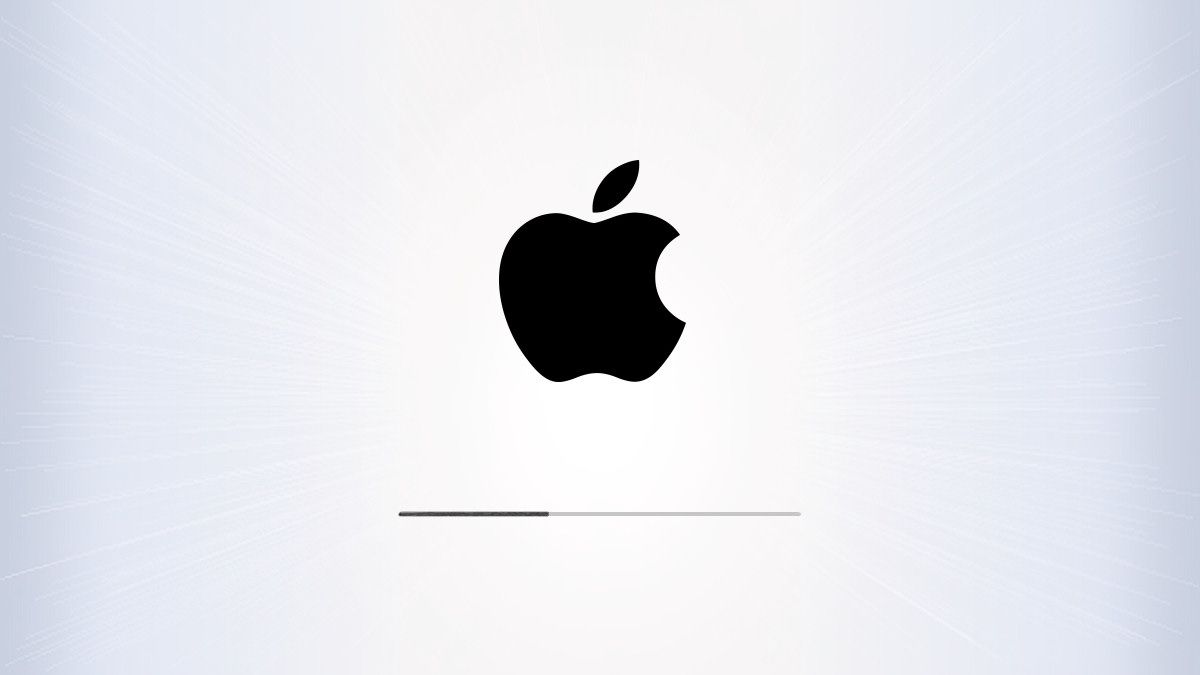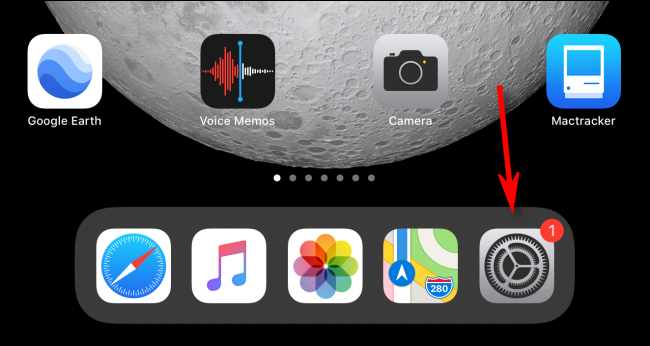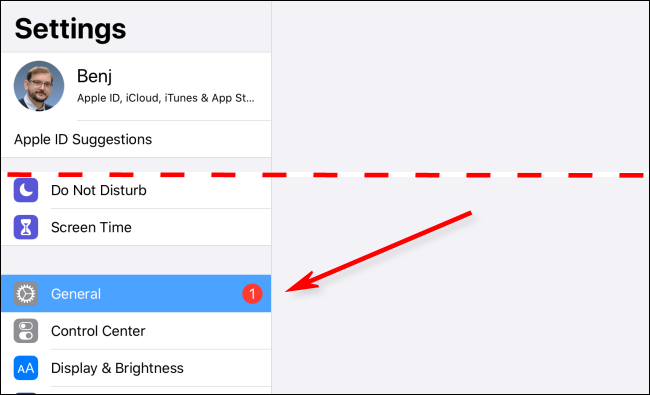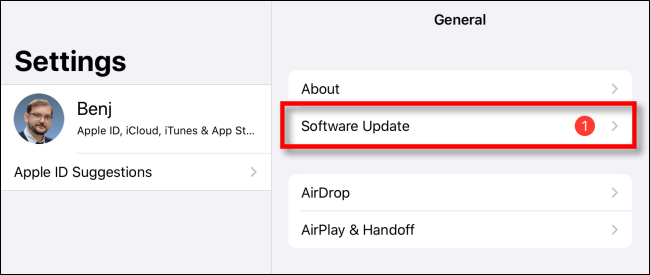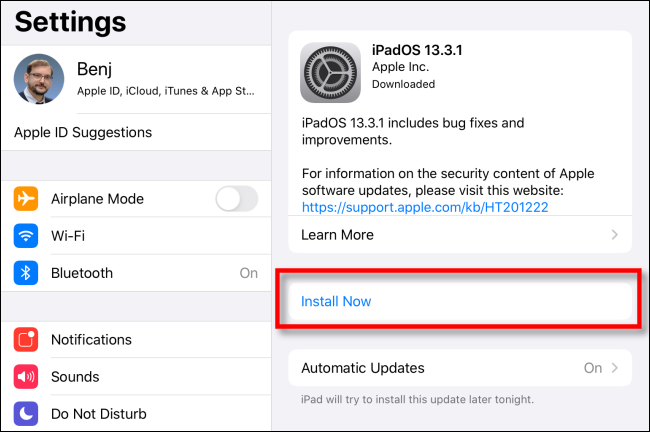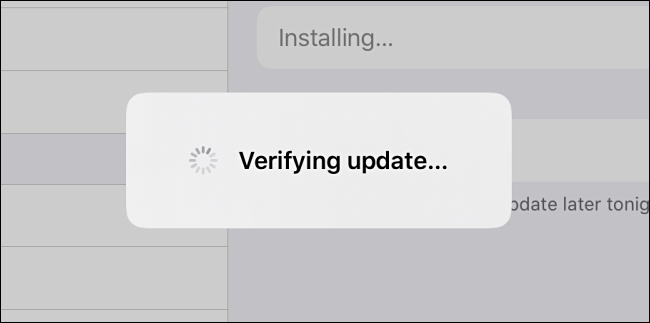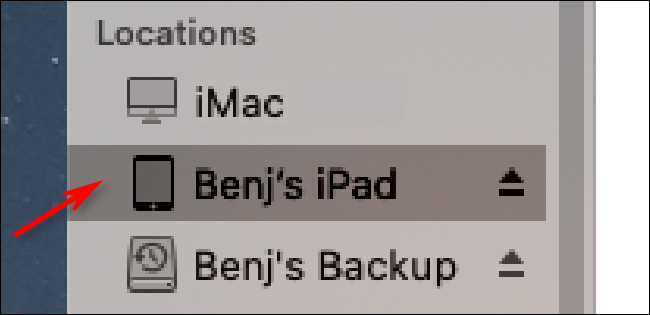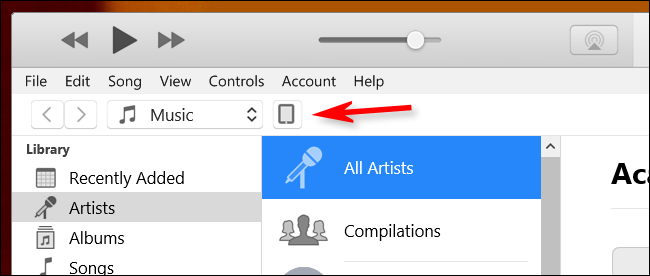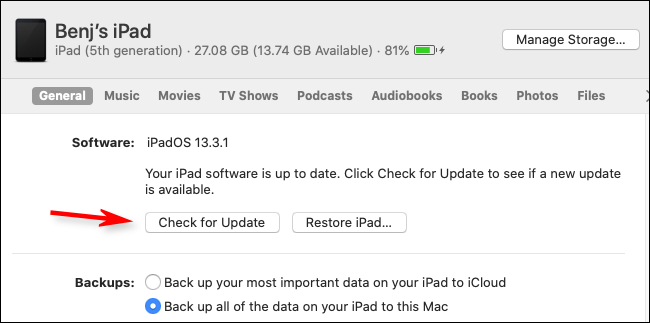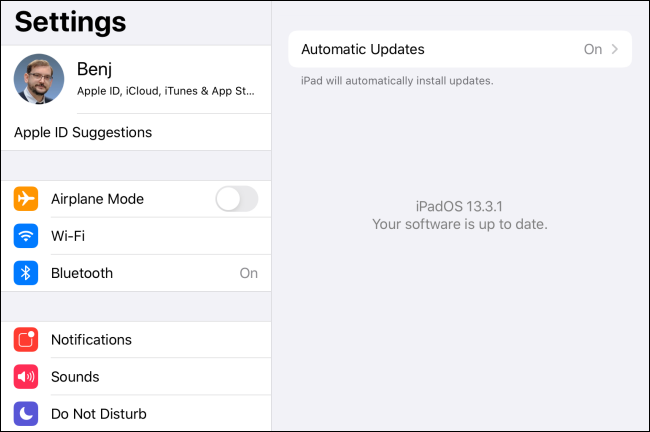Quick Links
It's a good idea to keep your iPad's operating system and firmware (iPadOS) up to date. iPadOS updates are available for free from Apple, and they give your iPad the latest security and bug fixes, and features. Here's how to update your iPad to the latest version of iPadOS.
Back Up Before You Update
While problems during the install process are rare, it's possible for something to go wrong and cause your iPad to lose your data. So, before you install an iPadOS update on a mission-critical iPad (or one with irreplaceable data), make it a habit to back it up first.
Update iPadOS via the Settings App
These days, most people update their iPad directly through the Settings app without connecting their iPad to a computer. This is called a wireless installation.
To do this, open the "Settings" app from the Home screen.
Tap "General" in the left column.
Select "Software Update" on the right side.
The Settings menu displays information about the latest iPadOS update, including the version number and some details about the changes it will make.
If your iPad has not yet downloaded the update, you see a button that says "Download and Install." Tap it to download the update. Your iPad will install the update automatically after the download is complete.
If your iPad has already downloaded the update, you see the "Install Now" button; tap it to begin the update process.
After the installation process begins, a pop-up will alert you that it's verifying the update; wait for this to finish.
After verification is complete, the iPad screen will go black and the tablet will restart. The Apple logo and a small progress bar appear in the center of the screen.
When the installation is complete, you can use your iPad again, as usual.
Update iPadOS via USB with Finder or iTunes
You can also update your iPad via a wired connection with your Mac or Windows PC. If your Mac runs macOS 10.15 or later, open Finder. If your Mac runs macOS 10.14 or earlier, or you're using a Windows PC, open iTunes.
Connect your iPad to your computer with a Lightning-to-USB cable. If it's the first time you're connecting it to the computer, your iPad will ask if you want to trust the computer; tap "Trust."
Locate your iPad on the computer and click it. On macOS 10.15 or later, you'll see it on the left side of the Finder window under "Locations."
If you're using iTunes, click the iPad icon in the toolbar near the top of the screen.
In the window with information on your iPad, navigate to the "General" tab (in Finder) or Settings > Summary (in iTunes). Click "Check for Update."
If an update is available, click "Download." When the download is complete, click "Update." Type your passcode if necessary and the update will install.
Make Sure You're iPad Is Up to Date
After you update your iPad, you can double-check to make sure everything was installed.
On your iPad, navigate to Settings > General > Software Update. If your device is fully updated, you see a screen similar to the one below that confirms this.
Congratulations! Your iPad is all updated and ready to use.
Is your iPad no longer receiving updates? It's time to grab a new one.

